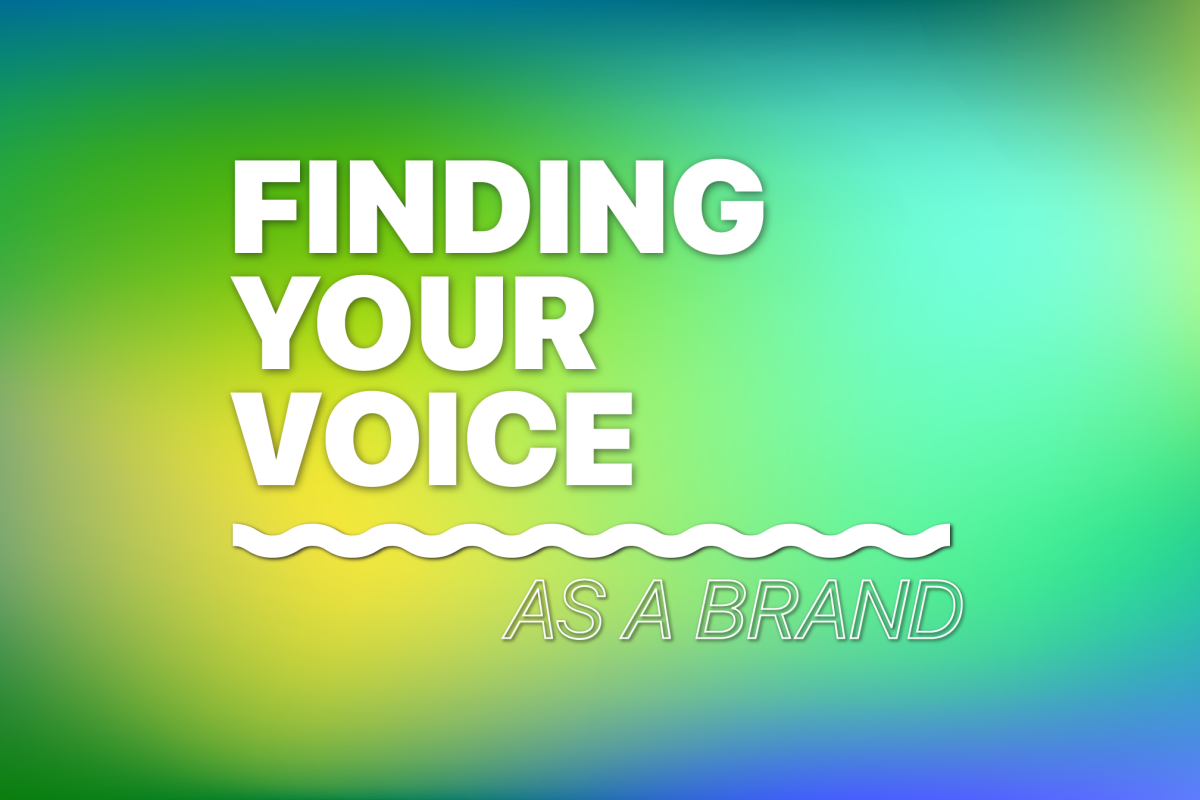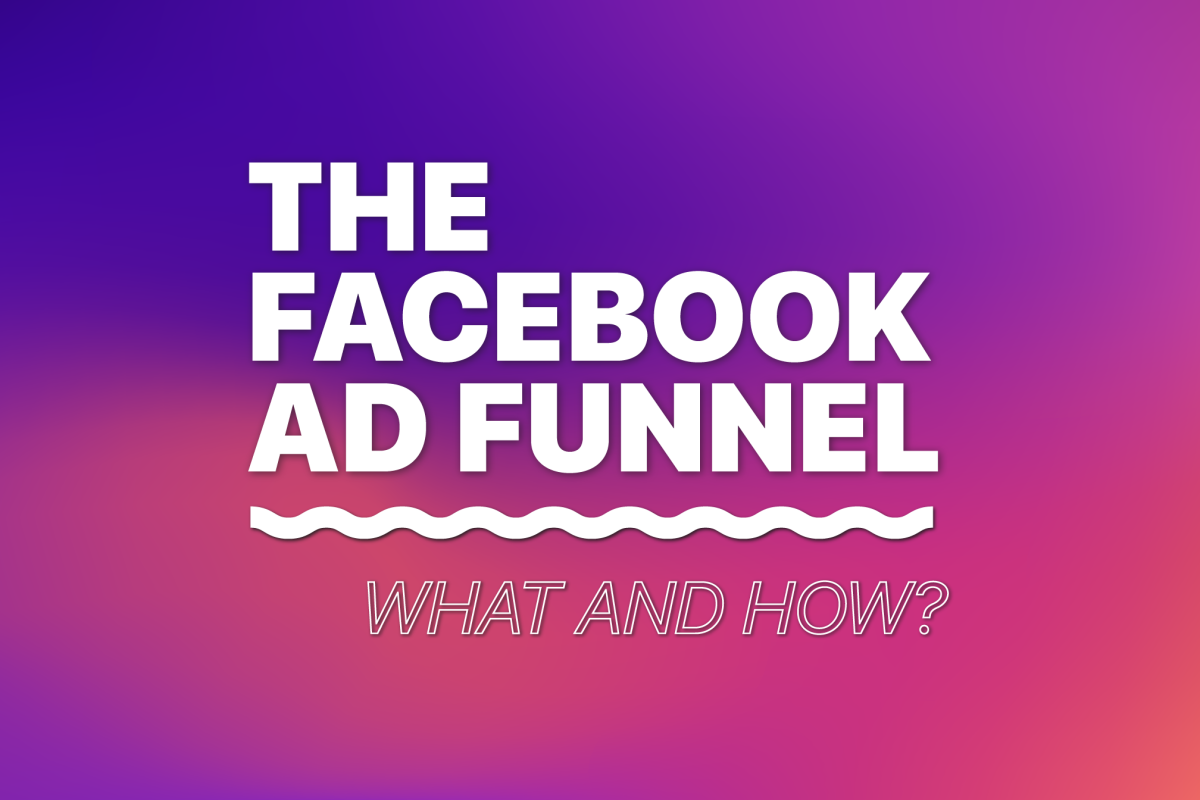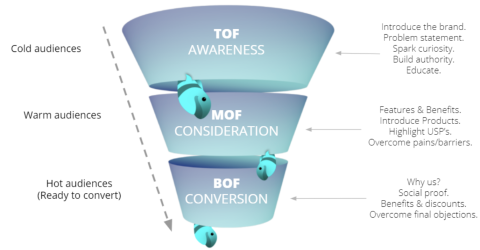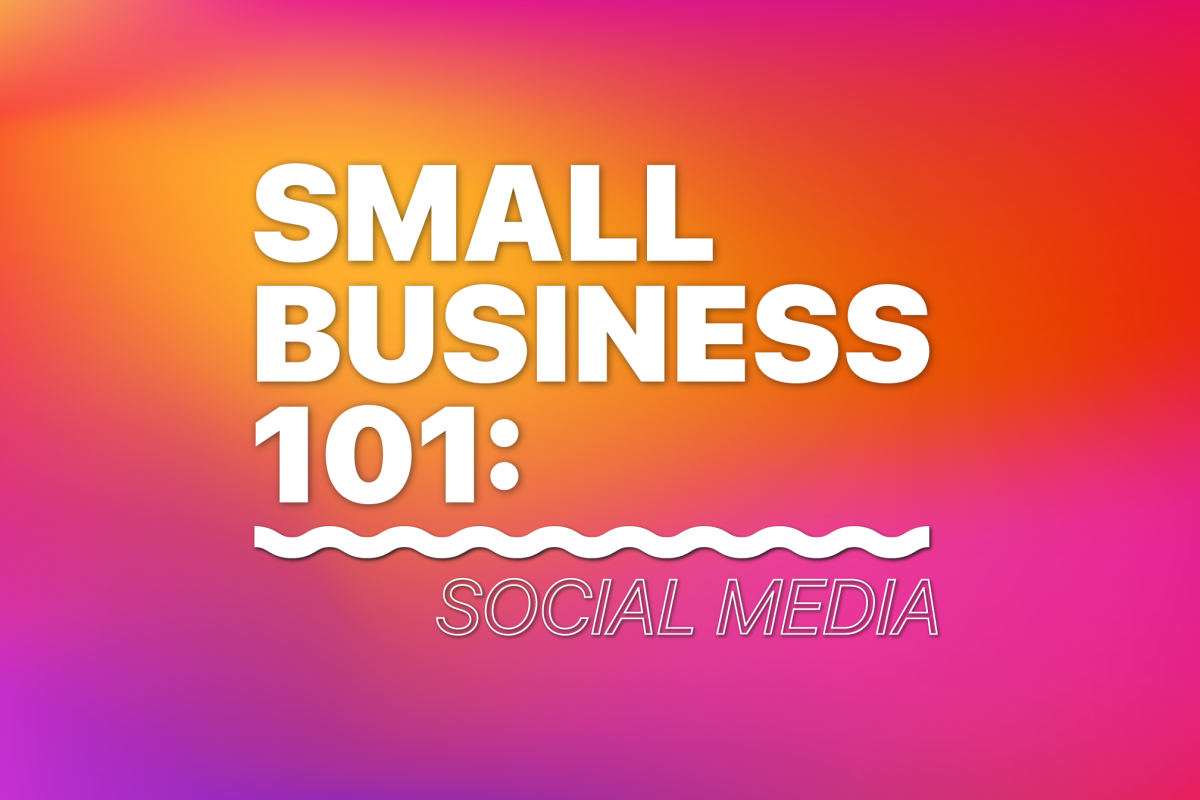The importance of speaking your audience’s language
You never really know someone until you get talking to them, and the same goes for brands and businesses. When your brand looks the part, you want it to sound the part too. But how do you start creating a voice that communicates who you are and what you stand for that really resonates with your audience?
In this blog, we’re deep diving into why your brand tone of voice is an essential part of helping your customers get to know you.
What is a brand tone of voice?
Your brand’s tone of voice is all about the way your brand talks to your audience. It’s a distinct personality that captures who you are and includes things like the words you use, the way you talk and the tone or emotion behind the messages you’re putting out.
The way you talk tells your audience a little more about what you’re about and helps them get a feeling of the kind of company you are. Think of your brand’s voice as an initial impression, like striking up a chat with someone new: what kind of conversation would get them to stick around?
Why is a brand tone of voice so important?
A well defined tone of voice will be used everywhere. From your website to your socials to emails and advertisements, your tone of voice should be front and centre, and is as essential to your branding as a logo or colour palette.
More than just telling the world about who you are, a tone of voice can also help to build community, especially on social media channels where consumers can opt-in to following your brand. Smart brand positioning, articulated through your brand’s voice, can foster a real connection between your brand, individual customers and a wider community, creating loyalty that goes beyond the quality of your offering.
It’s therefore vital that your tone of voice is right for your audience. You wouldn’t want to buy baby products from a brand that sounded harsh or cold, for example, or alcohol from a brand that reminded you of your old headteacher. But how to get started?
How can I define my brand tone of voice?
Your brand’s tone of voice is all about you – your company, your values, your mission and your purpose – so thinking about how to get those on paper is a valuable place to start. Defining your business in a few key words, or thinking about the sort of language your brand brings to mind, can help you start thinking about what your voice could become.
Your voice will be a key touchpoint for your audience, and this is particularly true online. As you start thinking about your tone of voice, consider the purpose your voice will serve as you create an online presence. Will your brand make your audience laugh? Empower your customers to be their best selves? Whatever your message, it’s up to your brand voice to get it across – so you want to get it right!
Thinking about how to find the right words for your brand? Reach out to me at [email protected] to chat more about copywriting and your brand’s tone of voice.
